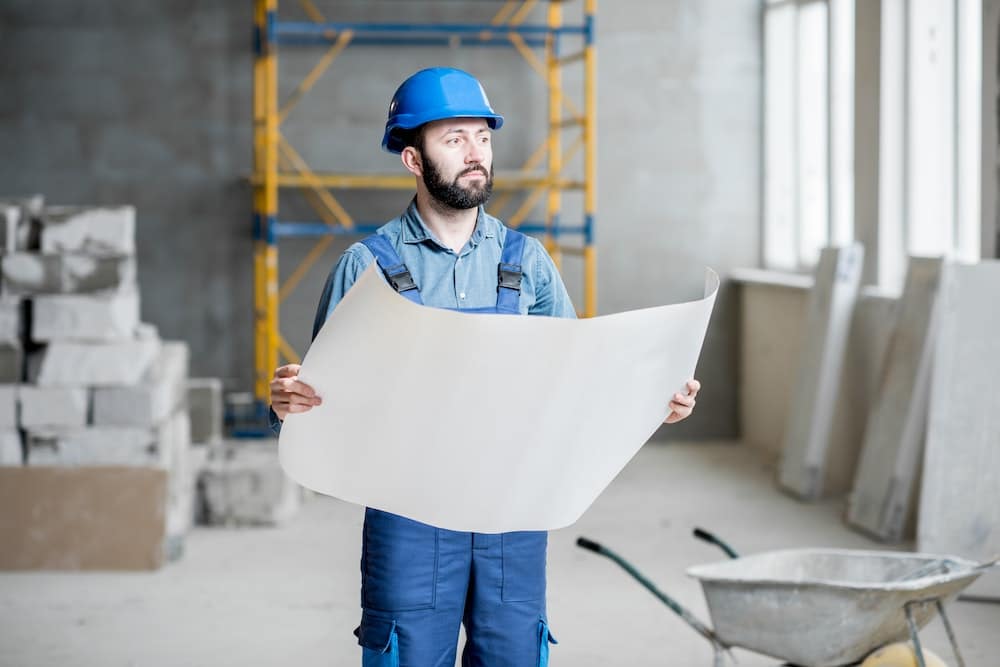As we grapple with the realities of climate change and the imperative need to cut down on energy consumption, the quest to build energy-efficient homes becomes increasingly essential. This is particularly true for houses in coastal climates, where the unique environmental conditions provide both challenges and opportunities for energy-efficient design and construction. In this article, we will delve into various techniques that you can employ to ensure the energy efficiency of your coastal home.
The Importance of Energy-Efficient Design in Coastal Climates
The design of a house plays a monumental role in its energy efficiency. Coastal homes, in particular, face a unique set of environmental conditions that can be leveraged to optimize energy consumption.
A découvrir également : What Are the Trends in Modular and Prefabricated Homes for Rapid Urban Housing?
First among these conditions is the abundant sunlight that coastal areas typically receive. With smart design, this can be harnessed to provide natural lighting and heating within the house, thereby reducing the need for artificial lighting and heating. Further, the constant sea breezes can be used to cool the interiors, reducing reliance on energy-intensive air conditioning systems.
Materials selection is another crucial aspect of energy-efficient design. It’s important to choose materials that offer high insulation values to minimize heat gain during summer and heat loss during winter. This can be achieved through the use of materials like insulated concrete forms (ICFs), structural insulated panels (SIPs), and advanced framing techniques.
A voir aussi : How to Implement Smart Grid Technology in Large-Scale Real Estate Developments?
Energy-Efficient Construction Techniques for Coastal Homes
Once the design is finalized, the next step is the actual construction process. Here, certain energy-efficient techniques can be employed to further enhance the home’s sustainability and efficiency.
One such technique is passive solar design. This involves strategically positioning the house and its windows to maximize solar gain during winter and minimize it during summer. South-facing windows are often used in this design to capture the low-angled winter sun, while overhangs and shades are used to block the high-angled summer sun.
Additionally, the use of energy-efficient windows can significantly reduce heating and cooling costs. These windows feature low-emissivity (low-E) coatings that reflect heat back into the room during winter and block it out during summer. They also have multiple glazing layers and gas fills to improve insulation.
Sustainable Building Materials for Energy-Efficiency
Choosing the right materials is paramount to building an energy-efficient coastal home. These materials not only need to be sustainable and efficient but also durable to withstand the harsh coastal climate.
For instance, concrete is an excellent choice for coastal homes due to its high thermal mass, which can absorb, store, and release heat, thereby regulating indoor temperatures. ICFs and SIPs, as mentioned earlier, offer superior insulation and are highly resistant to moisture, a common issue in coastal climates.
Wood, while being a natural and sustainable material, may not be the best choice for coastal homes due to its susceptibility to humidity and pests. However, certain types of wood, like cedar and redwood, are naturally resistant to these issues and can be used in coastal construction.
Utilizing Natural Resources for Energy Efficiency
Last but not least, utilizing the abundant natural resources available in coastal areas can significantly enhance the energy efficiency of your home.
For instance, solar panels can be installed on the roof to harness the plentiful sunlight for electricity. Similarly, a solar water heater can be used to provide hot water for your home. Further, the constant sea breezes can be captured using wind turbines to generate electricity.
Another resource that often goes overlooked is rainwater. By installing a rainwater harvesting system, you can collect and utilize rainwater for non-potable uses like flushing toilets and irrigation, thereby reducing your water consumption.
Incorporating Energy-Efficient Systems
Incorporating energy-efficient systems is the final step in building an energy-efficient coastal home. These systems ensure that the house operates at optimal efficiency, reducing energy consumption and costs.
Heating, Ventilation, and Air Conditioning (HVAC) systems are among the largest energy consumers in a home. Therefore, incorporating an energy-efficient HVAC system, like a heat pump or a geothermal system, can significantly reduce energy consumption.
Further, the use of energy-efficient appliances, like ENERGY STAR-rated refrigerators, washing machines, and dishwashers, can further reduce energy use. LED lighting, which uses significantly less energy than traditional incandescent lighting, can also be incorporated throughout the house.
By employing these techniques, you can build a coastal home that is not only energy-efficient but also comfortable, sustainable, and resilient.
Energy-Efficient Landscaping for Coastal Homes
Proper landscaping can further optimize the energy efficiency of a coastal home. By incorporating native vegetation and strategically planting trees and shrubs around your home, you can leverage nature to create microclimates that enhance the building’s performance.
Native plants are adapted to the local climate and require less water and maintenance, reducing the resources needed for their care. Additionally, they can provide shade and act as windbreakers, thus enhancing the home’s thermal comfort. For instance, deciduous trees can be planted on the southern and western sides of the home. During summer, these trees provide shade and help reduce heat gain. In winter, they lose their leaves and allow more sunlight and heat into the home.
When it comes to grass, opt for drought-tolerant species that can thrive in the sandy soil typically found in coastal areas. Also, consider utilizing permeable paving materials for driveways and walkways to prevent runoff and promote groundwater recharge.
Furthermore, landscaping features such as green roofs and living walls can be incorporated. Not only do they add aesthetic value to the home, but they also provide additional insulation, reducing the need for air conditioning in summer and heating in winter.
Energy-Efficient Technologies and Renewable Energy Sources
Coastal homes present a unique opportunity to leverage renewable energy sources to further enhance energy efficiency. These technologies can provide the necessary power for your home while minimizing the environmental impact.
Solar photovoltaic (PV) panels are a common feature in energy-efficient coastal homes due to the typically high sunlight incidence in these areas. These panels convert sunlight into electricity, which can be used to power your home. Similarly, solar thermal systems can provide hot water for the home.
Alternatively, wind turbines can be installed to take advantage of the constant sea breezes and generate electricity. To maximize their output, these turbines should be placed in open areas where they can receive unobstructed wind flow.
Another innovative technology is the use of ground-source heat pumps. By leveraging the constant temperature of the ground, these systems can provide highly efficient heating and cooling for your home.
It’s also essential to incorporate energy-efficient technologies in the home’s day-to-day operations. From smart thermostats that adjust temperatures based on occupancy patterns to energy-efficient lighting and appliances, these innovations ensure that the home operates at peak efficiency.
Conclusion
Building energy-efficient homes in coastal climates requires a deep understanding of the unique environmental conditions and leveraging them to optimize energy consumption. It’s about combining smart building design, energy-efficient construction techniques, sustainable building materials, and advanced technologies to create homes that are not only comfortable but also highly resilient and sustainable.
By harnessing natural resources and incorporating energy-efficient systems, you can create a home that is harmonious with its natural environment and capable of withstanding the effects of climate change.
The journey towards energy efficiency begins with a commitment to sustainability. As we continue to grapple with the impacts of climate change, creating energy-efficient coastal homes is not merely an option but an imperative. To achieve this, we need to embrace innovative strategies, advanced technologies, and above all, a mindset that values and prioritizes sustainability.






